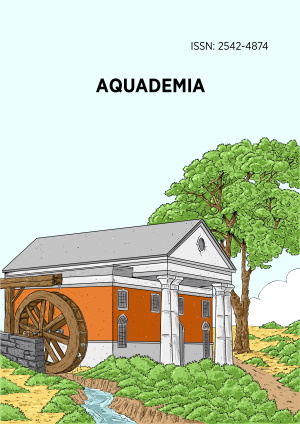Abstract
The industrial revolution is now entering its fourth phase. The rapid development of science and technology has a big impact on human life. Many conveniences and innovations are obtained with the support of digital technology. Education today is a phenomenon that responds to the needs of the industrial revolution with new curriculum adjustments according to the COVID-19 situation. The curriculum is able to open the window of the world through its grasp for example utilizing the internet of things (IoT). On the other hand, teachers also get more references and teaching methods. For the education sector, the presence of industry 4.0 is expected to be able to realize smart education through enhancing and equalizing the quality of education, expanding access, and relevance in realizing world-class. To realize this learning interaction is carried out through blended learning, project-based learning, and flipped classroom (public interaction and digital interaction) so that these challenges can be overcome in order to prevent the impact of pandemic transmission.
Keywords
License
This is an open access article distributed under the Creative Commons Attribution License which permits unrestricted use, distribution, and reproduction in any medium, provided the original work is properly cited.
Article Type: Literature Review
AQUADEMIA, Volume 4, Issue 2, 2020, Article No: ep20025
https://doi.org/10.29333/aquademia/8453
Publication date: 06 Aug 2020
Article Views: 3495
Article Downloads: 3246
Open Access References How to cite this article
 Full Text (PDF)
Full Text (PDF)